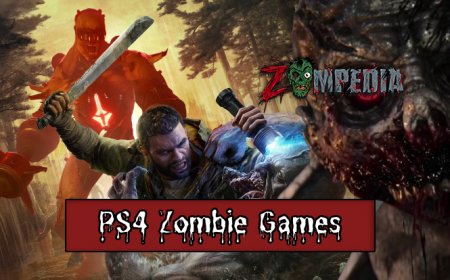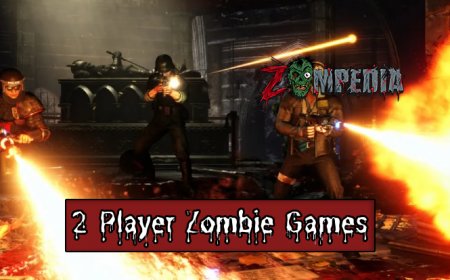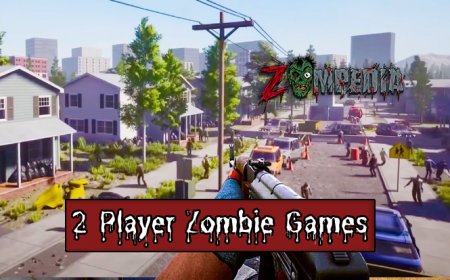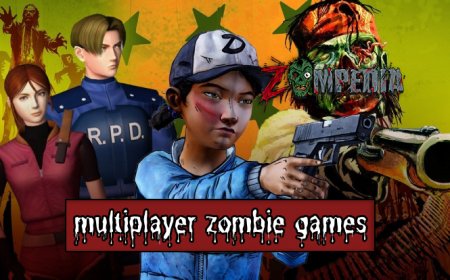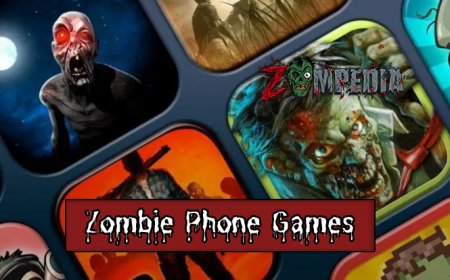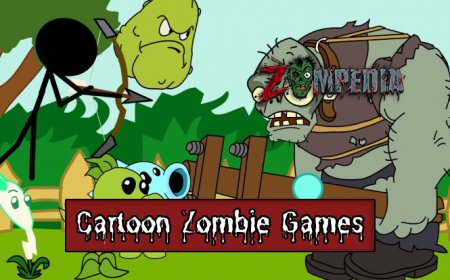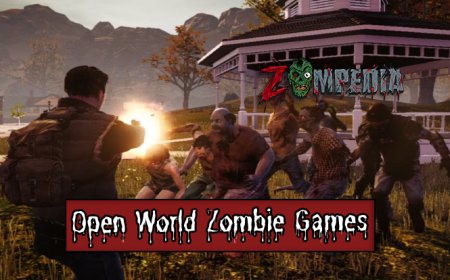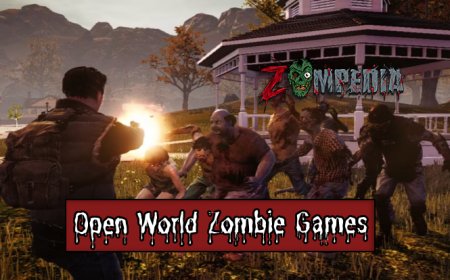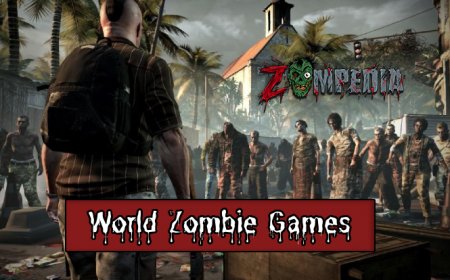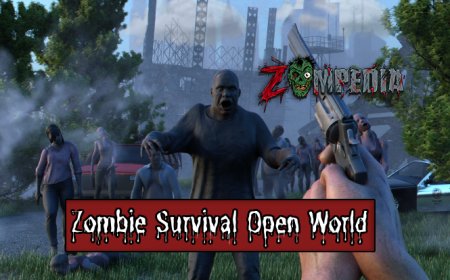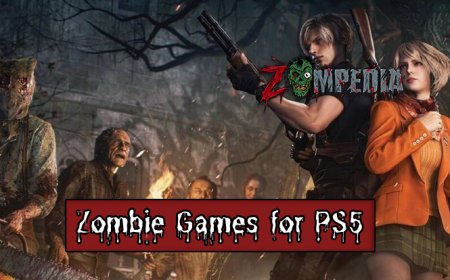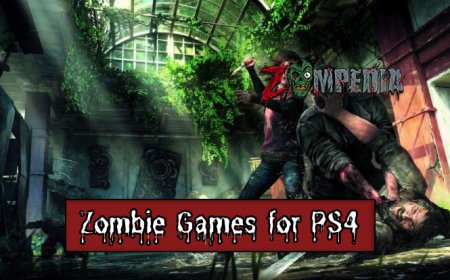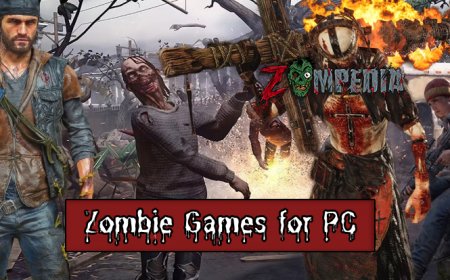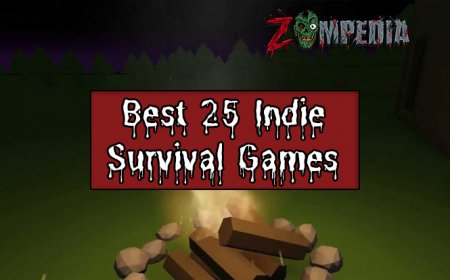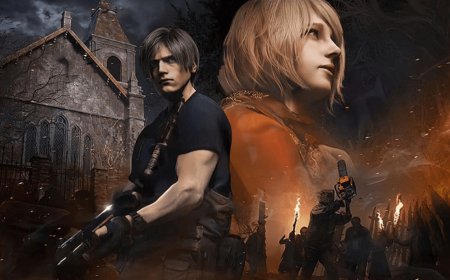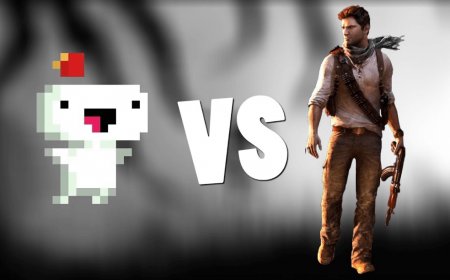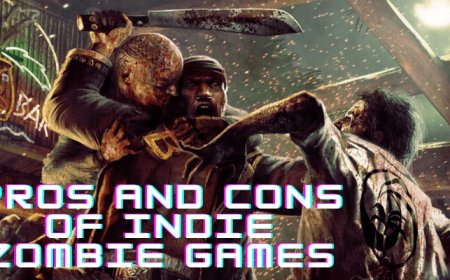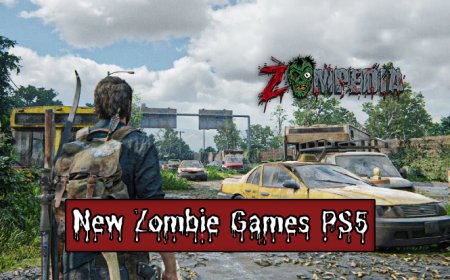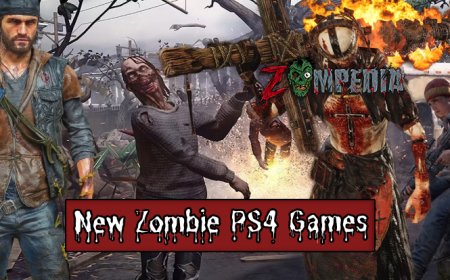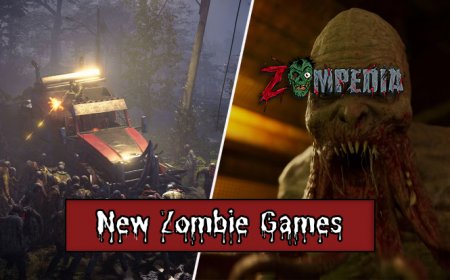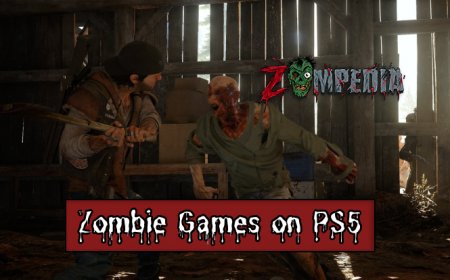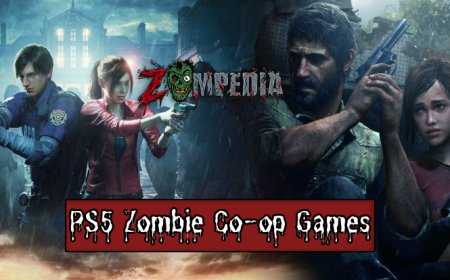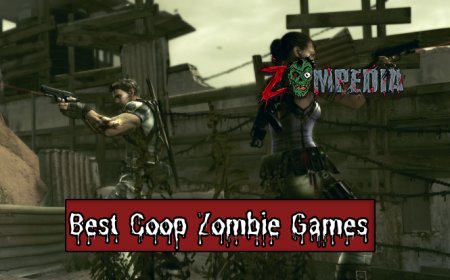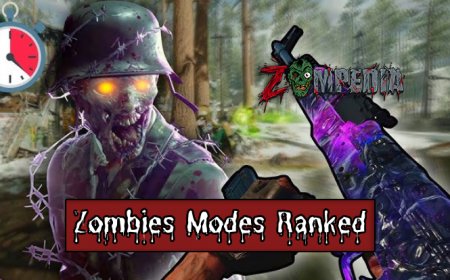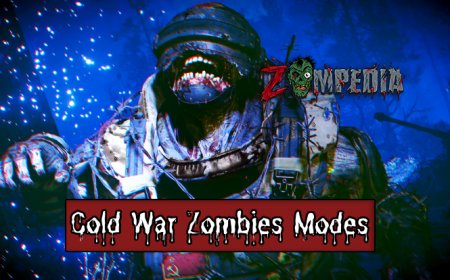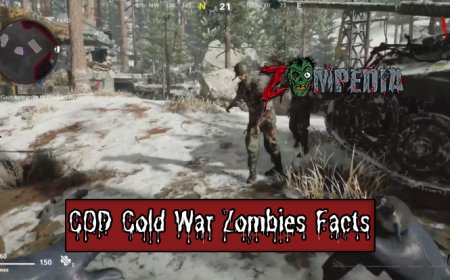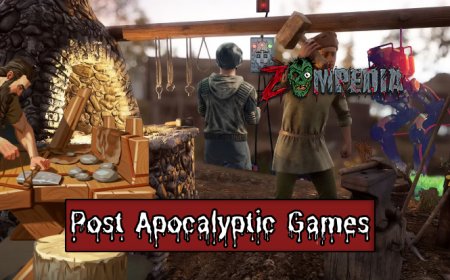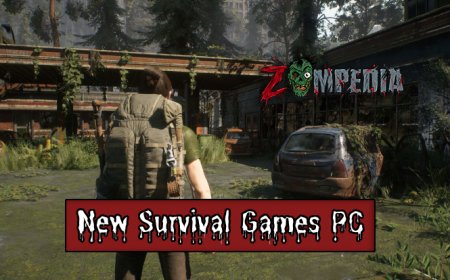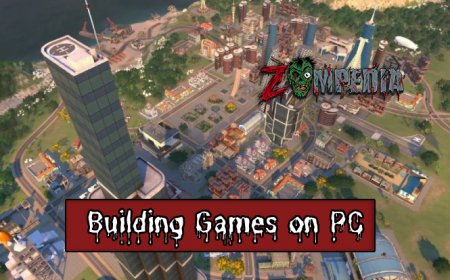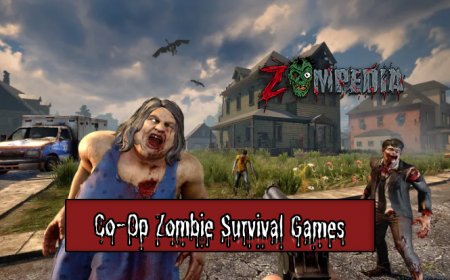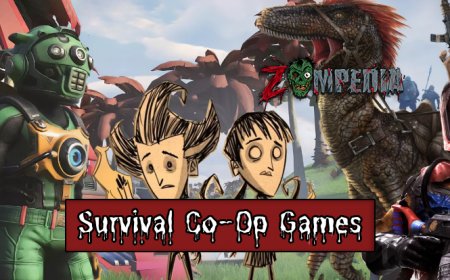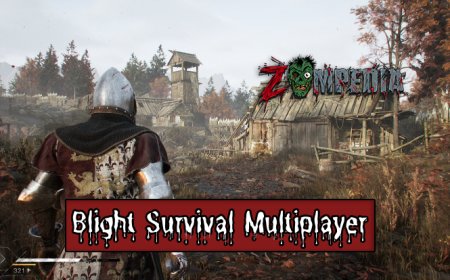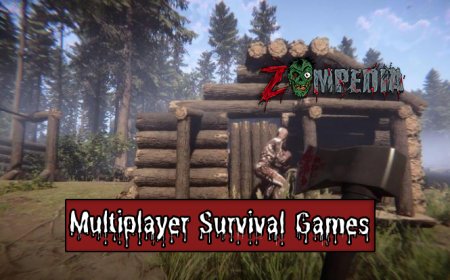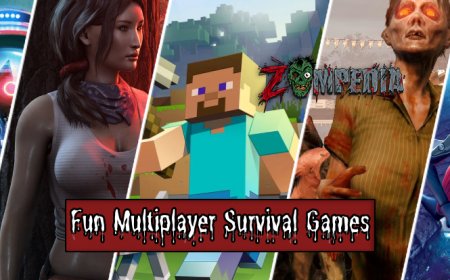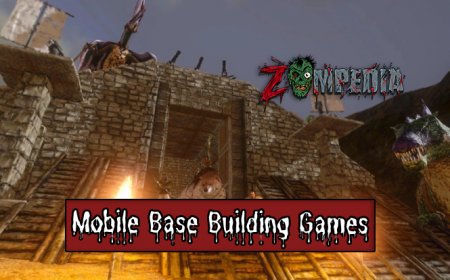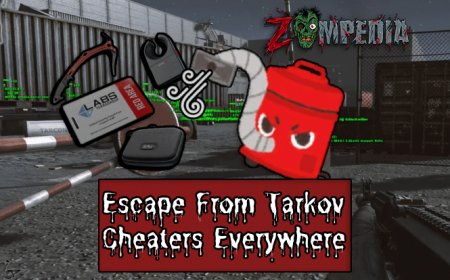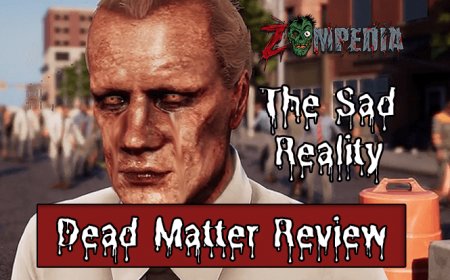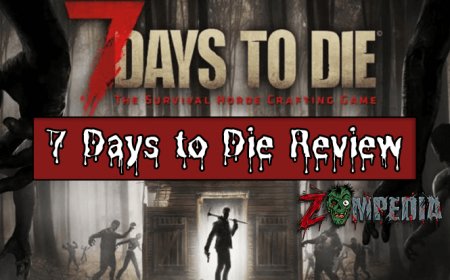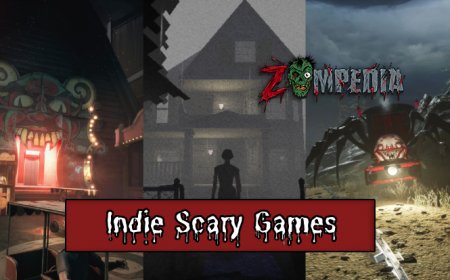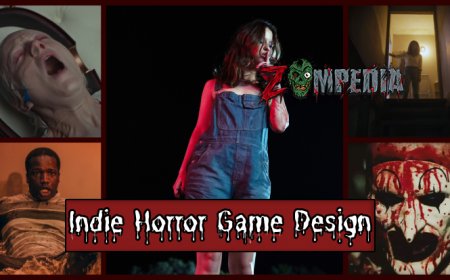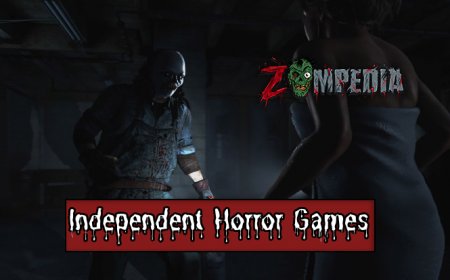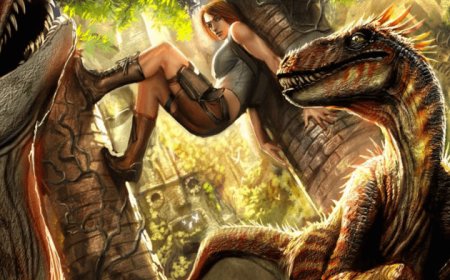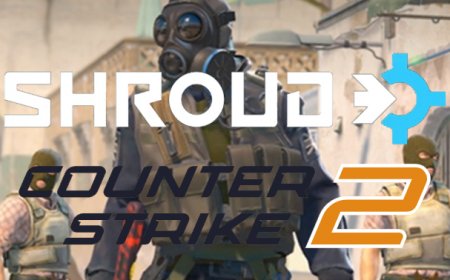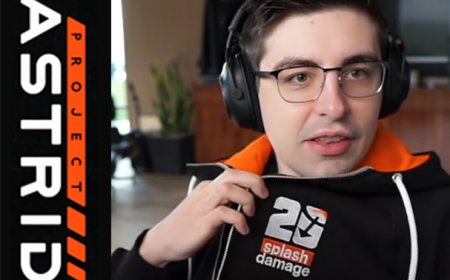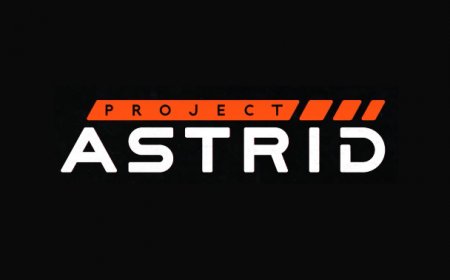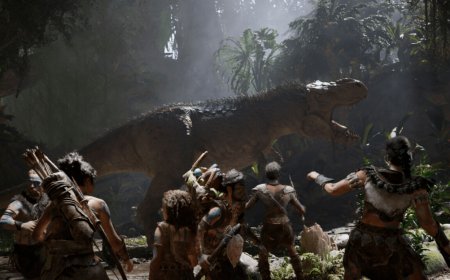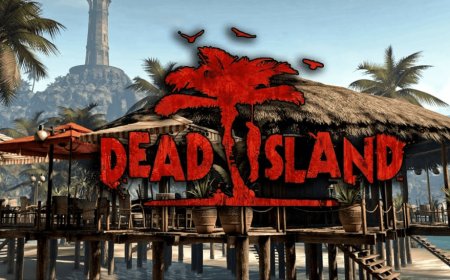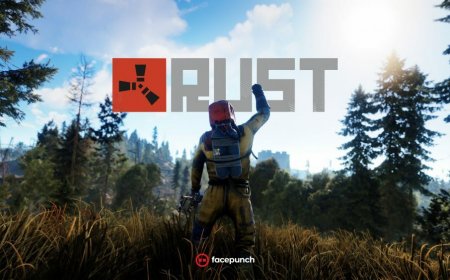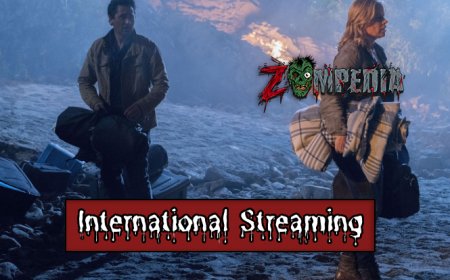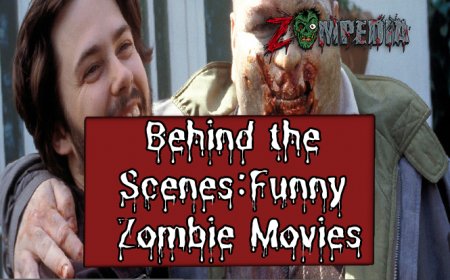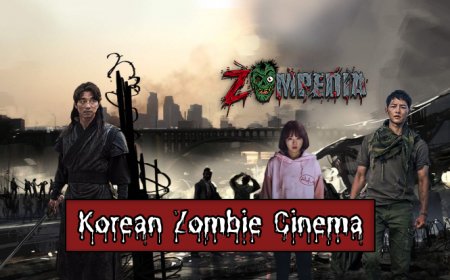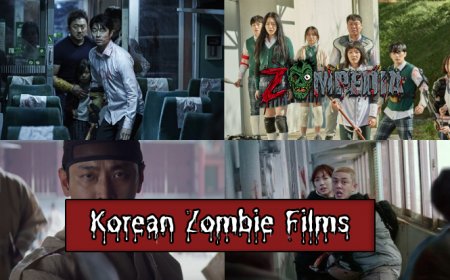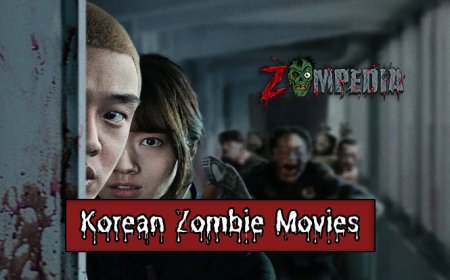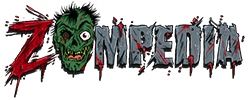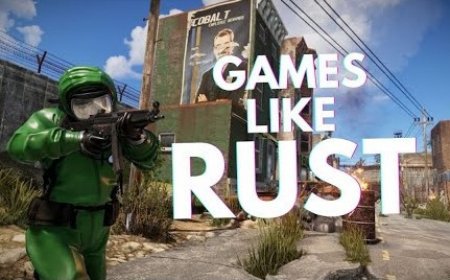The Psychology behind Fear in Independent Horror Games
Explore how independent horror games tap into our primal fears for a truly chilling experience.
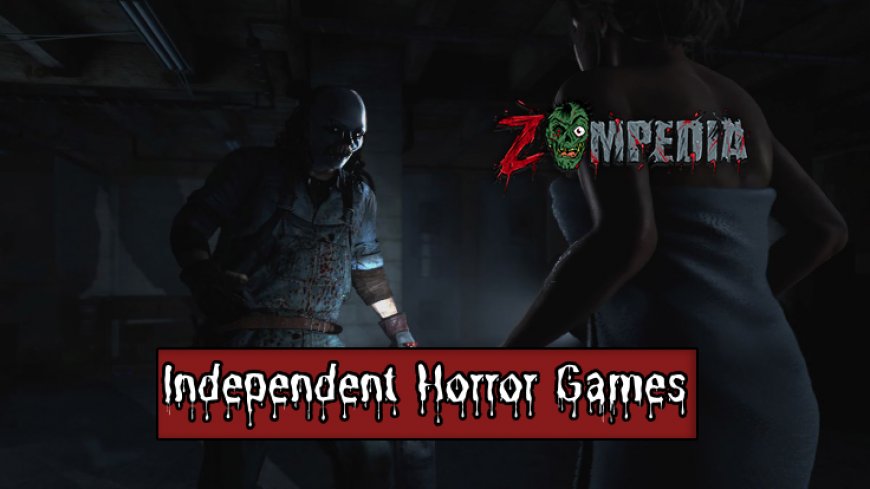
Independent horror games have revolutionized the way we experience fear, using innovative tactics to tap into our deepest anxieties. In this article, we will delve into the psychology behind the thrilling and often spine-chilling experiences these games offer their players.
Unraveling Fear within Independent Horror Games
Before we explore the intricacies of fear, it's essential to understand the distinctive stance of independent games in the realm of the horror genre. Unlike mainstream games, independent games aren't limited by the pressures of mass appeal. This freedom allows them to experiment, taking bold and innovative approaches to creating fear.
Table of Contents
- The Emergence of Independent Horror Games
- The Psychology of Fear
- Tapping into Primal Fears in Gaming
- Immersion Techniques in Indie Horror Games
- How Indie Games Are Changing Perception of Fear
- The Future of Independent Horror Games
The Emergence of Independent Horror Games
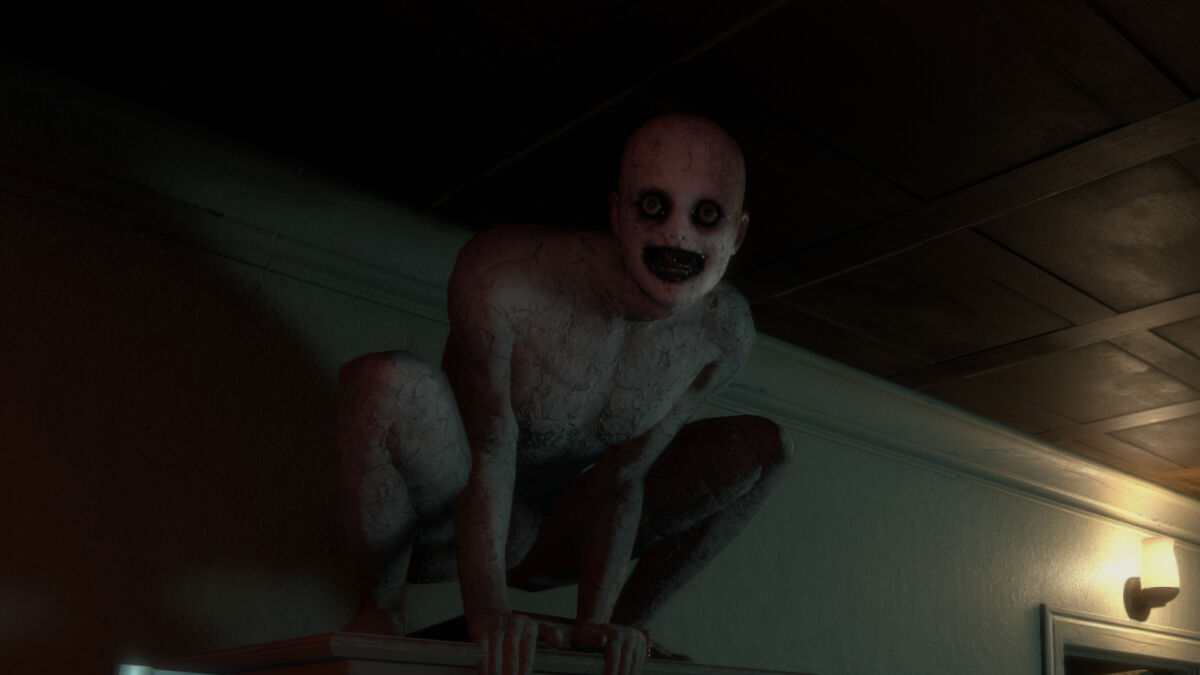
The advent of indie horror games marks a significant shift in the gaming industry. These games, often produced by small teams, started to crop up in the early 2000s, unencumbered by a need for mass appeal. Independent developers hold the freedom to explore darker, more challenging themes, often prioritizing psychological horror over mainstream shock tactics.
Games like Amnesia: The Dark Descent and Five Nights at Freddy’s became trailblazers in this field, offering players a different breed of terror. They thrived on stronger narratives, immersive gameplay, and a relentless atmosphere of threat - a contrast to their AAA counterparts that often bank on action-packed gameplay and high-end graphics.
A New Avenue for Horror
In this freedom, independent developers found an untapped market for gamers seeking a deeper, more chilling experience. Indie horror games quickly gained traction, becoming a staple in the industry.
The Psychology of Fear
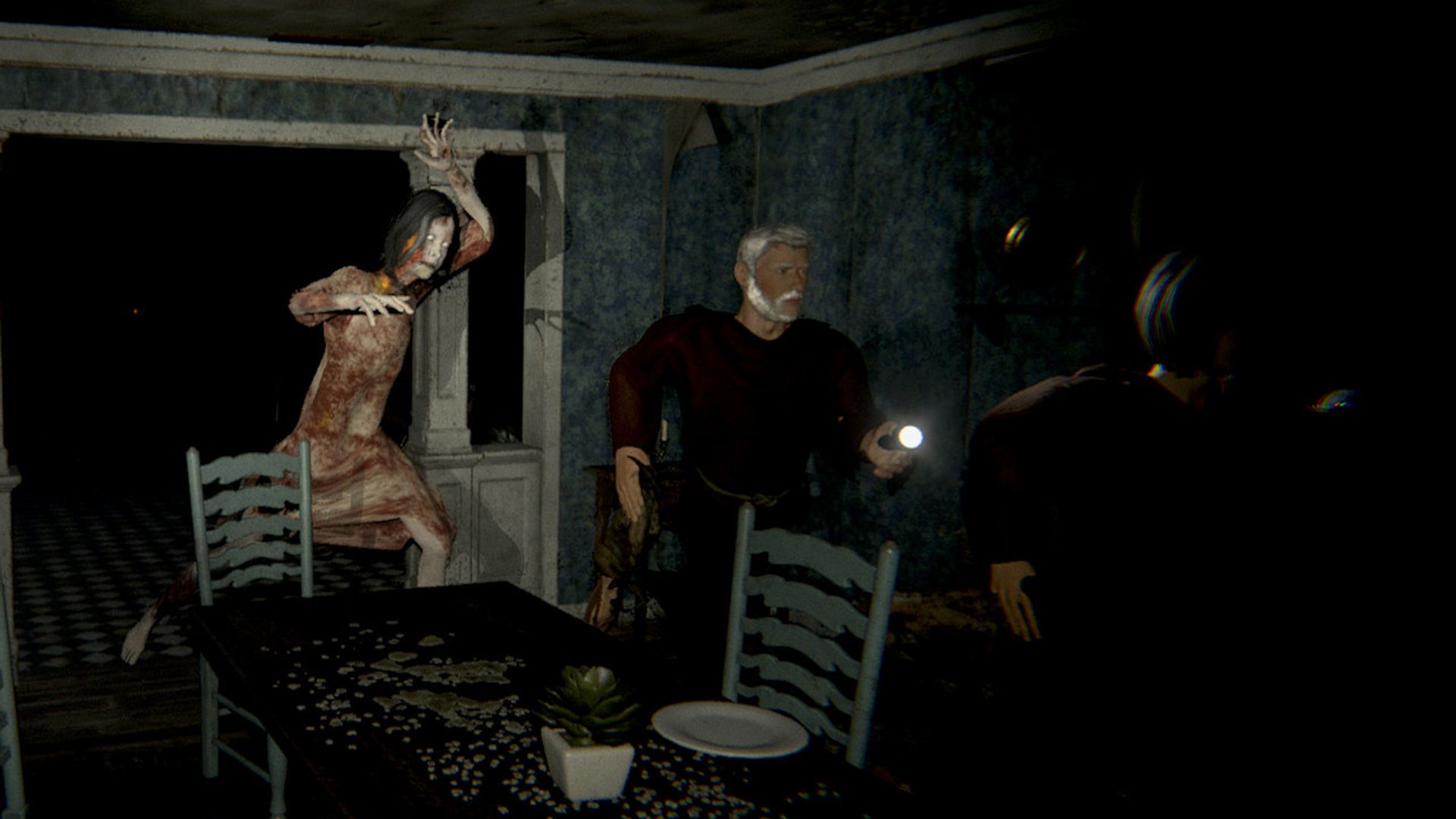
Fear is a fundamental human emotion. It’s a survival mechanism, an immediate reaction to a perceived threat. Our body engages in a 'fight or flight' response, increasing heart rate, tensing muscles, and often leading to a sense of dread. From a psychological perspective, understanding fear requires delving into various factors, including our past experiences, cultural context, and personal vulnerabilities.
Independent horror games feed upon these complexities. They tap into our anxieties and exploit our trepidations for an engrossing gaming experience. The player is not a mere spectator but an active participant in a world fraught with danger and uncertainty.
Tapping into Primal Fears in Gaming
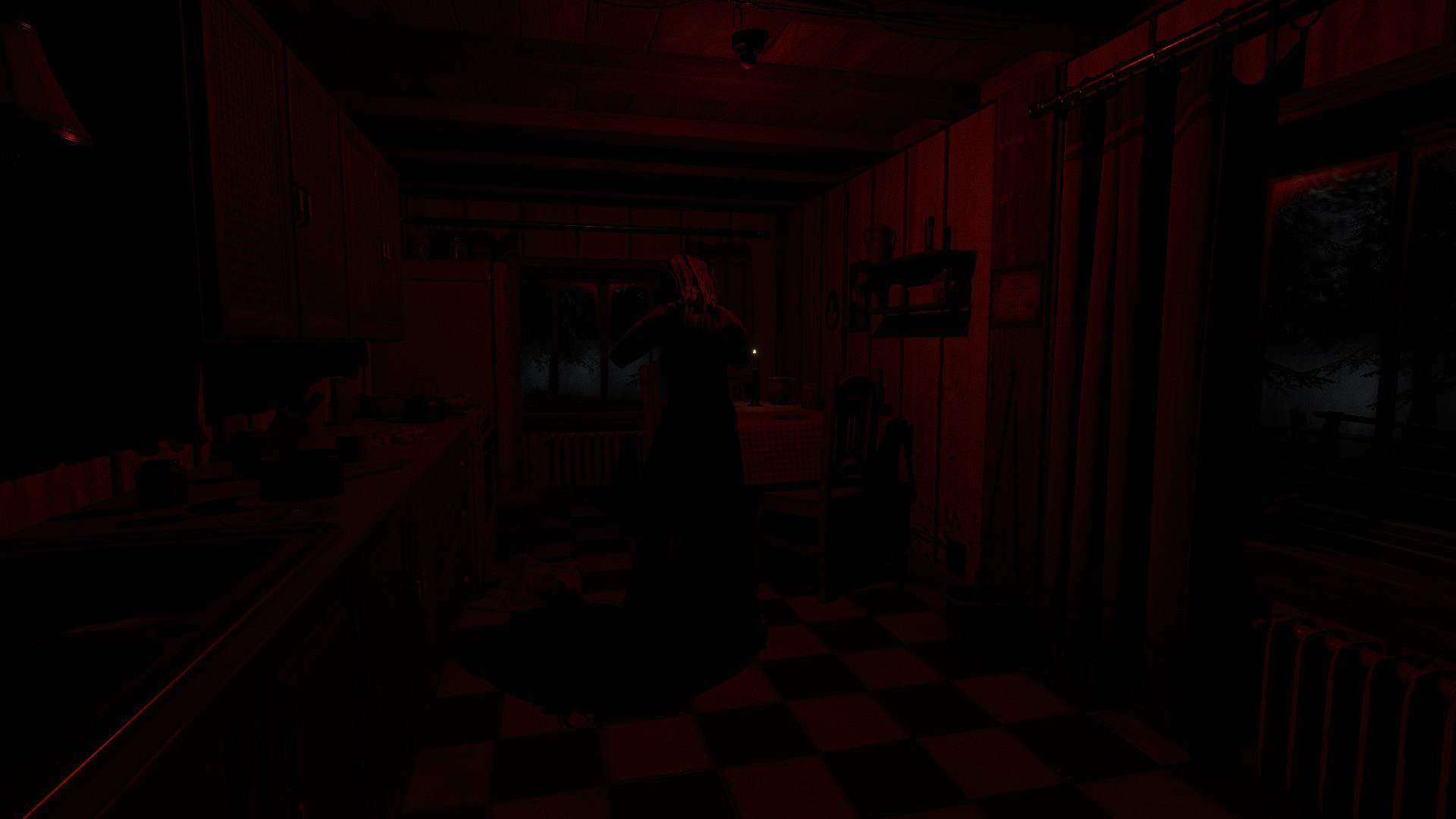
Indie horror games excel at creating environments that evoke primal fears. These fears, common across humanity, include the fear of death, darkness, or being pursued. Below, we delve into some major primal fears that indie games often leverage:
- Fear of the Unknown: This fear stems from uncertainty and the anticipation of potential threats. Games often force players into unfamiliar environments and situations, amplifying their apprehension.
- Fear of Isolation: Many indie games induce feelings of loneliness. Players are typically isolated in a hostile environment, with no allies or companions to aid them, intensifying the fear and tension.
- Fear of Loss of Control: Nothing is more terrifying than feeling powerless and out of control. This is a common trope in indie horror games, as players often find their actions limited or their situation dire.
The clever use of these primal fears catapults the scare factor, providing players a thrill like no other.
Immersion Techniques in Indie Horror Games

Indie horror games achieve their fear-inducing impact through immersive gameplay. These immersion techniques are intricate, designed to evoke a sense of dread as players navigate their way through the game. We have noted some striking examples:
- Ambient Sound Design: The soundscape in a horror game plays a crucial role in building suspense. From eerie background tracks to sudden, startling noises, sound design amplifies the fear factor, keeping players on their toes.
- Graphical Realism and Lighting: Indie games may not boast of high-end graphics like their AAA counterparts, but they creatively use lighting effects and graphical realism to construct a spine-chilling atmosphere.
- Poignant Storytelling: A compelling narrative enhances the game's emotional depth, making it more engrossing. Indie horror games focus heavily on storytelling, inducing fear through nerve-racking plot twists and unnerving character arcs.
How Indie Games Are Changing Perception of Fear
Indie horror games are not just about inducing fear; they're reshaping our perception of it. These games present fear not as a mere adrenaline rush but as a deep-seated, lingering emotion that hinges on suspense, anticipation, and psychological manipulation.
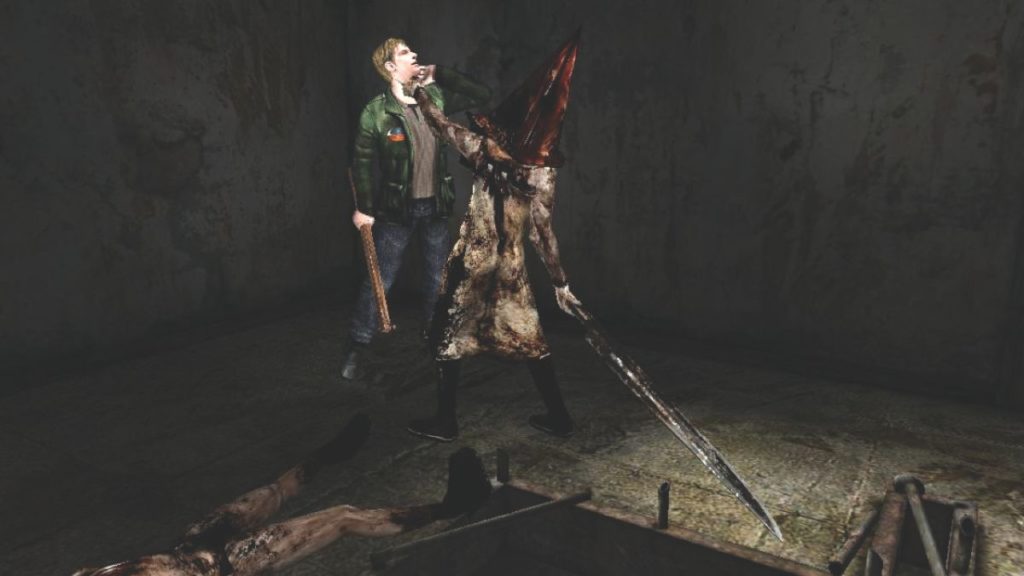
The Artistic Value of Fear
These games push fear out of the confines of mere entertainment, turning it into an artistic expression. They weave layered narratives and build tense atmospheres, transforming the gaming experience into a exploration of fear and its nuances. Consequently, fear is not just a mechanic but an intricate part of the game's narrative and aesthetic.
Moreover, by challenging players to confront their fears directly, these games often highlight inherent human vulnerabilities and resilience. The result is an empathetic connection with the player that goes beyond sheer fright, creating a shared understanding of fear as an integral part of humanity.
The Future of Independent Horror Games
Indie horror games are pushing boundaries, showcasing fear in ways that bigger franchises often steer clear of. With their innovative mechanics and poignant narratives, they have carved a unique niche that offers both, a thrilling and thought-provoking experience.
In light of their rising popularity, it’s likely we’ll see the further evolution of the independent horror genre. Advancements in technology such as virtual reality could add another layer of immersion and realism, pushing the boundaries of fear ever further.
Ultimately, the future of independent horror games is promising, driven by creators and developers who are unafraid to plunge into the darker recesses of the human psyche, delivering fear in its most raw, riveting form.
What's Your Reaction?







